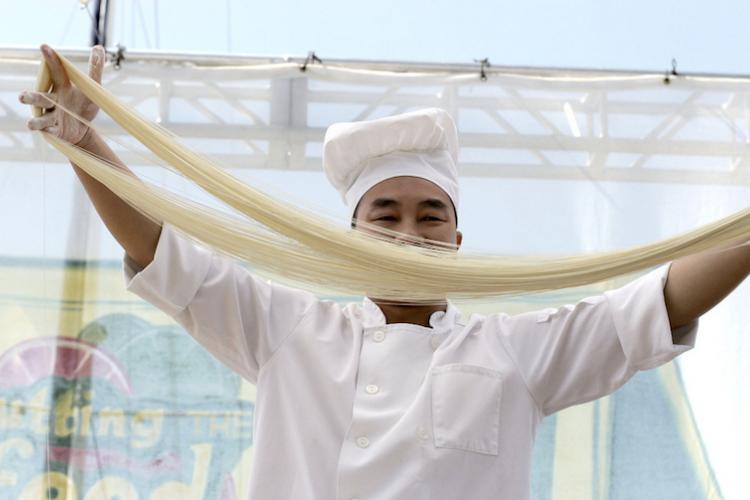Stephen Davies' The Voyage of the Keying Offers A Flashpoint in Chinese Maritime History
It’s hard to imagine a time when buying a boat would have been illegal, but in 1846, that was the case. China, believing that the ships it built were the best in the world, prohibited the sale of its ships to foreigners. However, a group of enterprising Englishmen decided purchasing a Chinese junk would be worth the risk as a curiosity and tourist attraction for British and American audiences, and that year
they smuggled one out of Hong Kong Harbour.
That scenario provides the backdrop for Stephen Davies’ East Sails West: The Voyage of the Keying, 1846-1855. Former museum
director at the Hong Kong Maritime Museum and currently its first China State Shipbuilding Corporation Maritime Heritage Research Fellow, Davies presents a thoroughly researched look at a forgotten chapter of Chinese maritime history and the West’s first large-scale look at how China sailed the waves.
The Keying, known to Mandarin speakers as the Qiying and named for a Qing Dynasty official, sailed for the United States in December 1846 with 12 British officers and a Chinese crew of 30 under the command of Captain Alfred Kellett. Although Chinese crews had served
on Royal Navy ships for some time, this was probably the first time that sailors from China were on board one of their own ships, but under British command.
In order to gain the return on the investment that the boat’s buyers sought, it would have to be sailed from Hong Kong to the US and then on to the UK in order to become the first Chinese ship in the waters of either country. Kellett was an experienced mariner, but such a long and treacherous journey in a craft of unfamiliar design and managing a crew not always keen to heed his orders made it even more difficult. After a seven-month sail, the Keying arrived in New York City where it was an immediate hit.
The ship later sailed to Boston and then to London, where Queen Victoria visited it. “There is not a more interesting exhibition in the vicinity of London than the Chinese junk [the Keying]: one step across the entrance, and you are in the Chinese world; you have quitted the Thames for the vicinity of Canton,” wrote the Times of London.
This isn’t really a book for the casual reader; it requires some knowledge of nautical terminology and seafaring. However, it provides a comprehensive look at a period of Chinese maritime history when, given China’s renewed interest in all things maritime, it may be on the up again.
Buy East Sails West at The Bookworm, or from Hkupress.org.
Read this in our February issue of the Beijinger embeded below:






